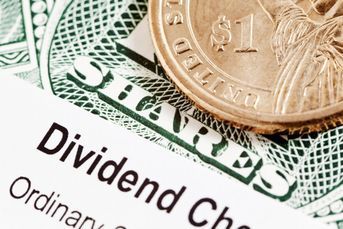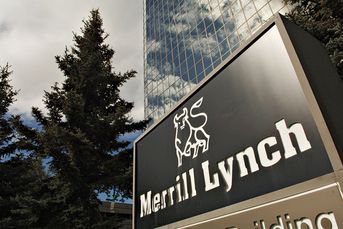Can Calpers live with responsible returns?
Calpers is attempting to turn ESG investing on its head. Rather than divest from companies it deems undesirable, it will engage those companies and attempt to improve them from the inside.
The California Public Employees’ Retirement System recently opened a new chapter in socially responsible investing (also known as environment, social and governance, or ESG, investing) when its investment committee decided to start requiring that the boards of the companies it invests in include climate change experts.
With this move, Calpers is attempting to turn ESG investing on its head. Rather than divest from companies it deems undesirable, it will engage those companies and attempt to improve them from the inside.
Which begs the question: What’s causing Calpers to rethink the traditional levers of ESG investing?
ESG investing is intuitively appealing from an ethical perspective, and also from a financial perspective. Some companies are clearly better citizens than others, and it’s reasonable to assume that our collective well-being would be improved by having more of the good ones and less of the bad ones. (Though the standards and metrics around deciding what’s “good” or “bad” can be a decidedly subjective affair, of course.)
It’s also reasonable to assume that companies that are serious about corporate governance and environmental and social impact are less likely to encounter costly surprises that inevitably drag down stock prices (for what can go horribly, horribly wrong, see BP’s Deepwater Horizon oil spill).
There’s just one small fly in the ointment: Companies with stellar ESG ratings have underperformed the broader market, and exposed investors to higher risk to boot. The MSCI World ESG Index returned 9.8% annually from May 2009 to February 2016, with a standard deviation of 14.5% (the longest period for which data is available; those returns include dividends). By comparison, the MSCI World Index returned 11.3% annually over the same period, with a standard deviation of 14.4%. (Standard deviation reflects the performance volatility of an investment; a lower standard deviation indicates a less bumpy ride.)
To see whether the ESG Index’s performance is indicative of investors’ experience with ESG investing more broadly, I gathered performance data for every equity mutual fund with a Morningstar ESG rating. I then sorted the funds into five groups based on their percent of assets under management with high ESG scores, as reported by Morningstar.
It turns out that mutual fund managers have had no more success with ESG investing than the ESG Index. The group with the highest ESG exposure returned an average of 1.1% annually over the last five years and 2.3% annually over the last ten years. The group with the lowest ESG exposure, on the other hand, returned an average of 7.3% annually over the last five years and 5.6% annually over the last ten years. The middle three groups fell in line — as their ESG exposure increased, their average return decreased.
ESG investing is still in its infancy, so we shouldn’t make too much of its short history. But what if turns out, contrary to Calpers’ belief and our intuition about ESG investing, that ESG investing is no free lunch? In other words, that the cost of an ESG-friendly portfolio is lower not higher investment returns. There are two appealing hypotheses that suggest that this may be the case.
First, ESG investing expands the available pool of capital for companies with high ESG ratings, and contracts the available pool of capital for companies with low ESG ratings. It stands to reason that, in order to compete for capital, companies with low ESG ratings must hold out the promise of higher expected returns — similar, for example, to the way that investors expect a higher return from junk bonds versus investment grade bonds, or from value stocks versus growth stocks. Inversely, high ESG ratings would be associated with lower expected returns.
Also, companies attempting to raise their ESG ratings may exit frowned upon businesses such as alcohol, tobacco, or gambling — you know, all the fun stuff. This would, of course, reduce competition in those businesses and thereby increase profitability for the remaining players. The likely result for the remaining players is lower ESG ratings but higher stock prices.
As a fiduciary, Calpers must consider whether ESG investing is likely to be a drag on investment performance, and ESG investing’s wobbly start may explain why Calpers is attempting to promote good ESG policies through activism rather than divestment.
But if it turns out that the cost of ESG investing is subpar returns, it’s not at all clear that activism is the antidote. By improving the ESG practices of the companies in its portfolio, Calpers may unintentionally compromise its investment returns over time.
None of this is to say that companies’ ESG practices are unimportant. On the contrary, it is in our collective interest to promote the most ethical corporate behavior. But if there is a price to pay for ESG investing, Calpers may have to find another way to demand the best of its portfolio companies.
Nir Kaissar is a Bloomberg Gadfly columnist covering the markets. He is the founder of Unison Advisors, an asset management firm. He has worked as a lawyer at Sullivan & Cromwell and a consultant at Ernst & Young
Learn more about reprints and licensing for this article.








